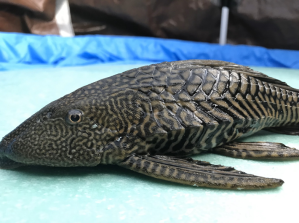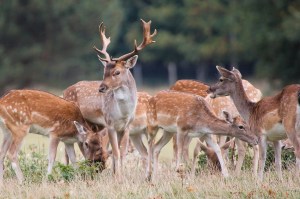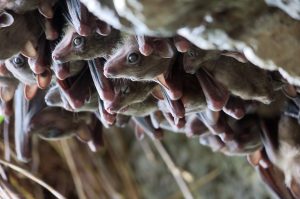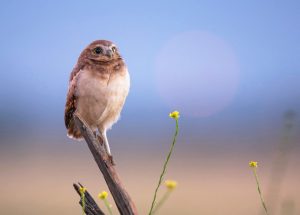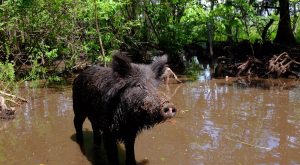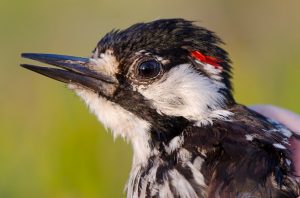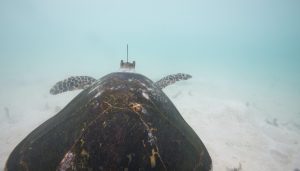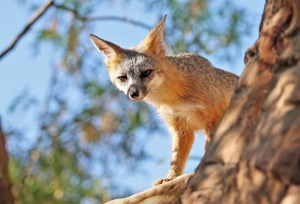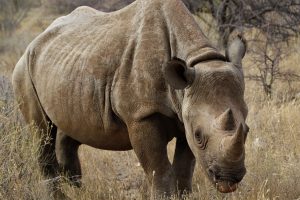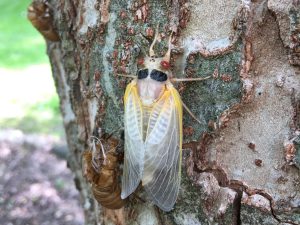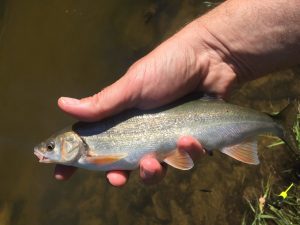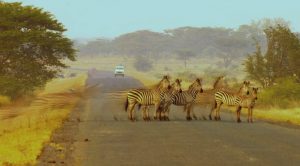Discover stories in Wildlife Science
This Catfish Doesn’t Just Move on Land, It Reffles
This catfish doesn't just walk. It reffles. New research on the terrestrial movements of an invasive catfish.
How the Fallow Deer Took Over the World
The fallow deer is rare in its native habitat. But it has spread across the world. Here’s how.
Why Sick Bats Self-Isolate
Research shows that normally social bats self-isolate when sick.
Burrowing Owls Face an Uncertain Future
Why are burrowing owls declining? Research and hope for the underground owl of the Americas.
Invasive Wild Pigs = 1 Million Cars Per Year of Carbon Emissions
Australian scientists estimate that invasive wild pigs release the carbon-dioxide emissions equivalent of more than 1 million cars per year.
True Grit: Adventures in Red-Cockaded Woodpecker Research
Researcher Lauren Pharr enters the intense realm of woodpecker research – and climbing trees.
Satellite Tracking Leads to Action for Hawksbill Sea Turtles
New science on hawksbill sea turtles in the Solomon Islands provided critical information to strengthen protection for turtles on their nesting grounds.
Buffered by Bears: Why Foxes Hang Out Near A Top Predator
A new study suggests gray foxes use bears as a coyote buffer.
Giving Black Rhinos Their Space in Northern Kenya
In Kenya, black rhinos need more space, and a community conservancy offers hope.
Follow Me Down the Brood X Tunnel: A Reading List
Wondering what all the Brood X Periodic Cicada fuss in the U.S. is about? Have questions? One of the stories here probably has the answers.
9 Cool Freshwater Fish You’ve Never Heard Of
Do you know the hardhead? The chiselmouth? Celebrate freshwater biodiversity with these cool fish.
Saving Animals by Mapping Their Migrations
Maps that display migration data with the human connections and livelihoods can help advance sustainable conservation.
